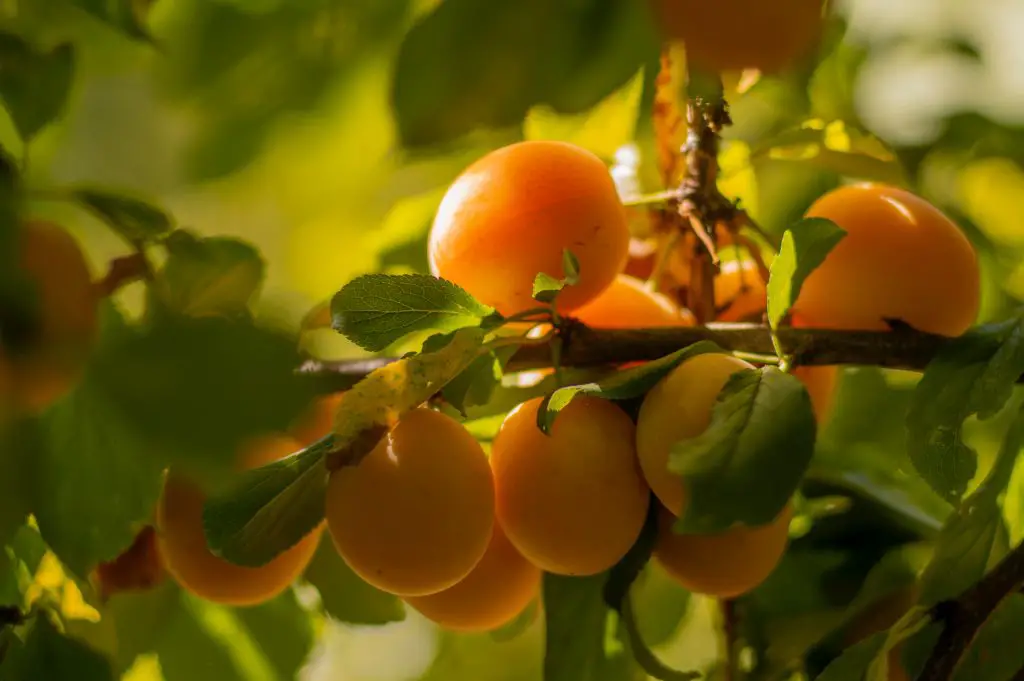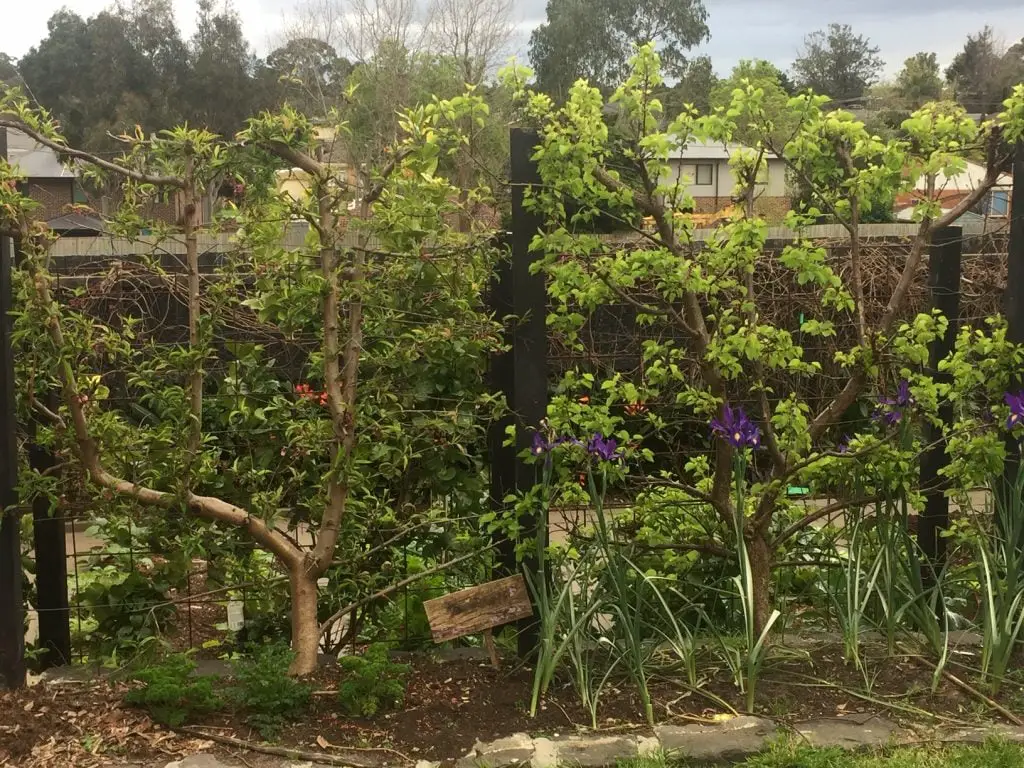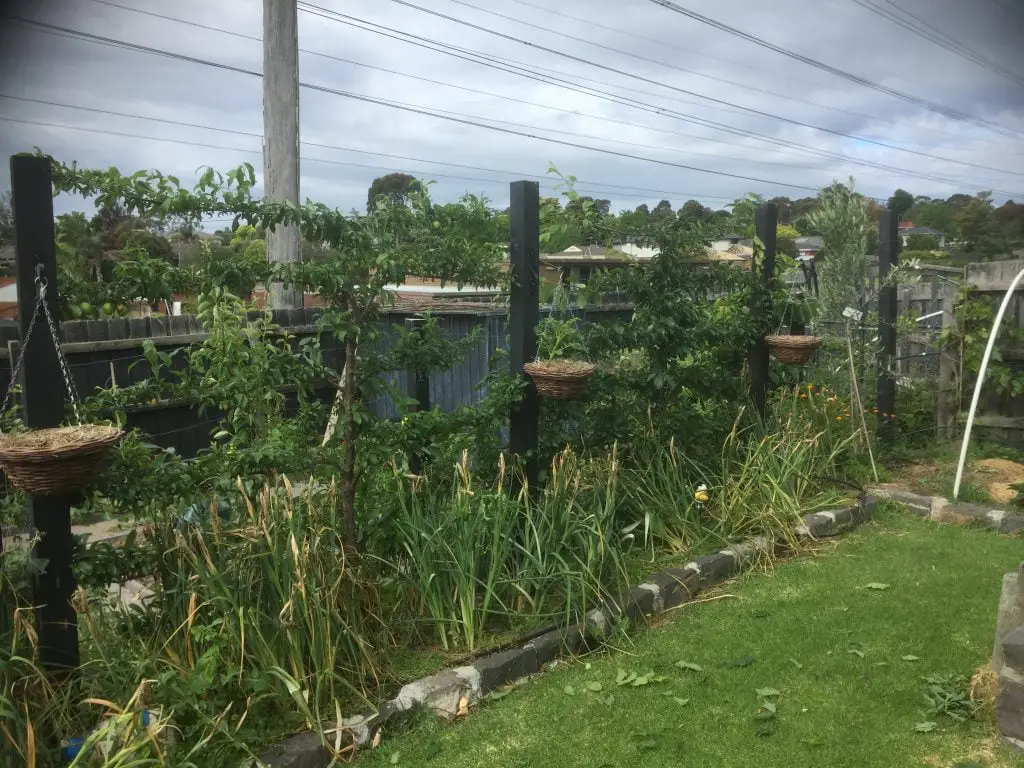How Much Fruit Does An Apricot Tree Produce? Apricots are one of the most popular and earliest fruiting stone fruits available. And I can tell you from first-hand experience that the fruit picked straight from the tree is much sweeter and juicer than Apricots purchased from the grocery store. So how much does one Apricot tree produce?
A mature Apricot tree will produce between 44 lbs and 88 lbs (20 and 40 kg) of fruit according to a study conducted by Mustafa Kemal University. Apricot trees are typically ready to harvest in early June in the Northern Hemisphere. However, the ripe fruits are only available on the tree for a few weeks.
How Long Does It Take For An Apricot Tree To Fruit?
Most Apricot trees should bear fruit after they have reached an age of 3 to 4 years but they will usually not achieve their maximum yield until they are 5 to 7 years old.
However, the majority of trees sold commercially are grafted trees that are at least two years old and sometimes three years old. This means the average home gardener purchasing a tree from the local garden center will need to wait for one to two years after planting before they see any fruit.

Do You Need To Plant Two Apricot Trees To Get Fruit?
Most Apricot varieties are self-pollinating trees, which means one tree, by itself, will produce fruit. However, planting two different varieties that flower at the same time will increase the size of the yield by allowing cross-pollination to occur.
Based on the data provided in the study by the Mustafa Kemal University the flowering period of most varieties overlaps so any two different varieties of Apricot Trees would likely increase the yield produced.

However, despite the similar flowering dates, the harvest dates of the different varieties do vary so if you are planting a second variety of tree is worth selecting an early and late variety. This would allow the relatively short harvest period to be extended by a few weeks. A graph of the harvest period from the study is provided below.

Based on the data in the study the early variety we would recommend is “Rouge de Sernhac” and the late variety would be “Tokaloglu”. Both varieties produced approximately 88lbs (40kg) per season and were the highest-yielding varieties tested.
However, from personal experience, I have found that one Apricot tree is more than enough for most families if you are eating the fruit fresh as a large volume of fruit is produced in a short period of time. In my own garden, I tend to grow a wider selection of other stone fruit, such as cherries, plums, nectarines, and peach rather than multiple Apricot Trees.
Growing these trees produces a succession of fruit over a three-month period with Cherries appearing first, followed by Apricots, Nectarine/Peaches, and finally Plums.
Irrespective of whether you choose to grow multiple Apricots or a spread of different stone fruit, space is likely to be an issue if you live on a suburban block, particularly if the fruit trees are grown in the traditional manner.
How To Fit More Trees In Your Yard
The traditional manner of growing fruit trees is to have large trees that are 20 ft tall and 20 ft apart but this vision of an orchard is suited to commercial production. The size and spacing of the trees are suited to using heavy equipment such as tractors or hydraulic lifts to harvest the fruit all at once.
For your average home gardener, it is far better to have a small but constant supply of fruits, which means more trees that are smaller to spread the timing of the harvest across the year. To read more about creating a home orchard click here.
Smaller trees are also easy to manage because they are easier to net, protect the fruit from birds, and easier to pick fruit. In practice, this means for most people they will get more fruit actually harvested if they use smaller trees.
The best method to grow small trees is to espalier the trees. Espaliering trees is a French technique of pruning that allows a tree to be kept relatively small while maximizing fruit production.
The size of the tree is controlled by the way that tree is pruned and even the very largest trees can be maintained at a size of your choosing. The key advantage of this method is that it ensures you can access all of the fruit from the ground without the need for a ladder. For example, all of the trees in my yard are restricted to a height of 1.8 m to 2 m (6 to 7 ft) tall.
Additionally, the tree is pruned to produce a 2-dimensional shape which means that the depth of the tree is usually less than 1 foot (30 cm) which makes it easier to fit the tree up against a fence or the side of a building. An example of this is shown in the image below. The read more about espaliering trees click here.

How To Plant Apricot Trees
Apricot Trees are best planted in late winter or early spring depending upon how cold your winters are. The main reason for this is that at that time of year trees can be purchased bare rooted. Bare-rooted trees are usually around half to one-third of the cost of their potted counterparts.
Additionally, it is common for retailers to discount these trees heavily toward the end of the bare-rooted season. So if you keep your eye out in spring you might get them really cheap.
Once you have purchased the tree the next step is to decide where to plant it. As Apricots need flowers in order to fruit so it is important to select a sunny location that gets at least 8 hours of sun per day.
The next step is to prepare the soil, Apricots trees generally prefer a rich, moist with plenty of compost added. The soil should also be slightly acidic soil, a pH of 6.5 to 7.0 is ideal. The easiest way to test this is by using a pH meter which is quite reasonably priced on Amazon. However, there are also ways to tell what the pH is using household chemicals, to learn more about how to do this click here.
If you are planning to espalier the trees, which I highly recommend, it is important to put a support structure in place prior to planting the tree to allow it to be trained. If the tree is being planted against an existing wall or fence the easiest way to hang reinforced concrete mesh on the wall, as it is cheap, strong, and will last a long time.
The support structure should around 6 ft (1.8m) wide and 6 ft (1.8m) tall which will allow the tree to be easily managed. It should be noted that while espalier trees are often placed against the wall of a fence, they can be very useful as garden dividers allowing you to create more intimate spaces. In my own garden, I use Espalier trees to create a large garden room, that houses my vegetable plot.

Once the structure has been created it is time to plant the tree. When planting the tree, dig the hole about 1 ft (30cm) wide. Remove the tree from its packaging and place it in the hole. The height of the tree should be planted so be approximately the same depth as it had been previously been in the ground. When selecting the depth to plant the tree it is important to ensure that the graft union between the rootstock and the scion is above the ground.
Once the tree is positioned correctly backfill the hole soil firming in with your heel to ensure that there are no air pockets. Water well and apply a thick layer of organic mulch, 2 to 4 inches is ideal, around the base of the tree. Ensure that the mulch does not come into contact with the trunk, to avoid collar rot.
The tree should be then pruned to reduce the tree’s height by around half just above an outward-facing bud. This might seem a little drastic, but don’t worry the tree will recover quickly. Cuts made in Winter encourage the tree to produce new shoots from the buds just below the cut. The outward-facing buds encourage the tree to create an open vase-like structure that will allow light and air into the structure of the tree.
In subsequent years inward facing branches will need to be removed to maintain the open structure. You find that each year you need to prune aggressively to maintain the tree at the desired size because they grow rapidly.
For those trees that you wish to espalier the pruning, the regime is similar except that you will need to tie the branches to the structure and continually remove any branches that cannot be tied in to the structure that are sticking out.
